Home>Garden Essentials>What Do Salvia Seeds Look Like
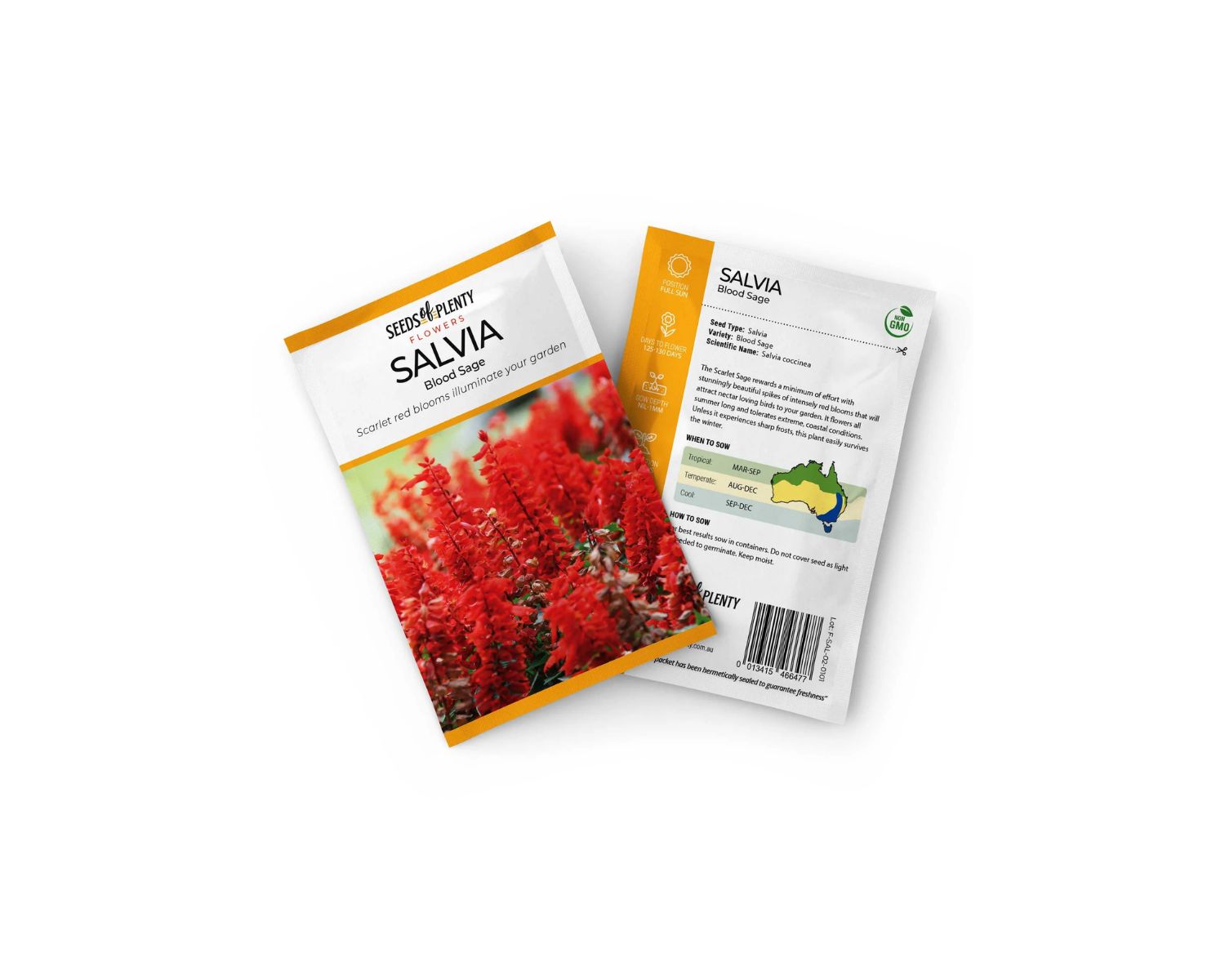

Garden Essentials
What Do Salvia Seeds Look Like
Modified: March 16, 2024
Looking to add Salvia seeds to your garden? Learn what Salvia seeds look like and how to identify them for successful cultivation.
(Many of the links in this article redirect to a specific reviewed product. Your purchase of these products through affiliate links helps to generate commission for Storables.com, at no extra cost. Learn more)
Introduction
Gardening is a wonderful way to reconnect with nature and cultivate beauty right at our doorstep. Whether you have a sprawling backyard or a small balcony, tending to plants can bring immense joy and satisfaction. One plant that has gained popularity among garden enthusiasts is the Salvia plant.
Salvia, also known as sage, is a diverse genus that includes a wide range of flowering plants. The Salvia family encompasses more than 900 species, and each one holds its own unique charm. From vibrant blooms to aromatic foliage, these plants can add a touch of splendor to any garden.
To grow Salvia plants successfully, it is important to understand their life cycle from seed to maturity. A crucial aspect of this journey is knowing what Salvia seeds look like. Recognizing the characteristics of Salvia seeds can help gardeners identify them accurately and ensure optimal conditions for germination and growth.
In this article, we will delve into the physical characteristics of Salvia seeds, including their color, shape, size, texture, and other identifying features. By the end, you will have a comprehensive understanding of what to look for when it comes to Salvia seeds, allowing you to embark on your gardening journey with confidence and excitement.
Key Takeaways:
- Salvia seeds come in various colors, shapes, and sizes, providing insights into their maturity and viability. Understanding these physical characteristics is crucial for successful gardening and plant cultivation.
- The smooth and firm texture of Salvia seeds protects the delicate embryo inside and contributes to their resilience. Paying attention to unique identifying features can aid in accurate seed recognition and selection for gardening.
Read more: What Do Garlic Seeds Look Like
Overview of Salvia Seeds
Salvia seeds, like those of many other plants, are tiny miracles of nature. Packed with all the genetic information required to grow into a mature plant, these seeds possess incredible potential and are the starting point for a successful garden.
Salvia seeds are the result of the plant’s reproductive process. When a Salvia flower is pollinated, it produces seeds within a seed pod or capsule. Once the seeds mature, the capsule dries up and splits open, dispersing the seeds into the surrounding environment.
These seeds contain the necessary nutrients and embryos needed to germinate and develop into a new Salvia plant. However, it’s important to note that not all Salvia seeds are viable. Some may be damaged or infertile, while others may require specific conditions to trigger germination.
For gardeners, understanding the characteristics of Salvia seeds is vital to ensure successful cultivation. By observing the color, shape, size, texture, and additional identifying features of the seeds, gardeners can determine the quality and viability of the seeds, allowing them to select the best candidates for sowing.
In the following sections, we will explore the specific physical characteristics of Salvia seeds in more detail. Let’s dive in!
Physical Characteristics of Salvia Seeds
Salvia seeds possess distinct physical characteristics that distinguish them from other types of seeds. By familiarizing yourself with these traits, you will be better equipped to identify and work with Salvia seeds in your garden.
Let’s explore the various physical characteristics of Salvia seeds:
- Color: Salvia seeds can exhibit a range of colors depending on the species. They can be black, brown, tan, or even a mix of colors. The color of Salvia seeds can provide useful hints about their maturity.
- Shape: Most Salvia seeds are oblong or oval-shaped, resembling miniature grains of rice. However, some species may have seeds that are more rounded or irregular in shape.
- Size: Salvia seeds are generally very small, measuring anywhere from 1 to 3 millimeters in length. Their small size makes them challenging to handle, but it also means that a single seed can produce an abundance of beautiful Salvia plants.
- Texture: Salvia seeds have a smooth and firm outer surface. This texture helps protect the delicate embryo inside and allows the seed to withstand various environmental conditions.
- Other Identifying Features: Some Salvia seeds may have additional identifying features, such as ridges, grooves, or subtle patterns on their surface. These unique characteristics can vary depending on the specific species of Salvia.
By paying attention to these physical aspects, you can confidently recognize and work with Salvia seeds in your gardening endeavors. Remember that proper seed handling and storage practices are essential to maintain their viability and optimize germination rates.
With our understanding of the physical characteristics of Salvia seeds, we can now move forward to explore their individual attributes in more detail. Let’s take a closer look at the color of Salvia seeds.
Color of Salvia Seeds
The color of Salvia seeds can vary widely, depending on the species and maturity level of the seeds. Understanding the different colors that Salvia seeds can exhibit will help you identify and assess their quality during your gardening endeavors.
Salvia seeds can be found in various hues, ranging from dark black to shades of brown, tan, and even speckled or mottled combinations. These colors may provide clues about the maturity and viability of the seeds.
When it comes to assessing the color of Salvia seeds, here are a few key points to keep in mind:
- Dark Black: Seeds that are deep black in color are usually mature and have reached their optimum stage for harvesting. These seeds are often ready for planting and have a higher chance of germination success.
- Brown and Tan: Seeds that have a brown or tan color may still be viable, but they are typically less mature than the black ones. If you come across seeds with these colors, it’s a good idea to conduct a germination test to determine their viability before sowing them.
- Speckled or Mottled: Some Salvia seeds may have a speckled or mottled appearance, with patches or spots of different colors. These seeds are still worth considering for planting, as the variations in color do not necessarily indicate a lack of viability.
It’s essential to note that while color can provide valuable insights, it is not the sole factor in determining the quality and viability of Salvia seeds. Other factors, such as seed size, texture, and overall condition, should also be taken into consideration.
Now that we have explored the color of Salvia seeds, let’s move on to the next characteristic: their shape.
Shape of Salvia Seeds
The shape of Salvia seeds is an important characteristic to consider when identifying and working with these tiny wonders of nature. While most Salvia seeds share a similar general shape, there can be variations among different species and varieties.
Here are some common shapes that Salvia seeds may exhibit:
- Oblong or Oval: The majority of Salvia seeds are oblong or oval-shaped, resembling miniature grains of rice. These seeds have a longer axis and a rounded or tapered tip at one end. This shape allows them to fit snugly in the soil when planted.
- Rounded: Some Salvia species may have seeds that are more rounded in shape. These seeds lack the elongated form of oblong seeds and instead appear more spherical or circular. Examples of Salvia plants with rounded seeds include Salvia coccinea.
- Irregular: In certain cases, Salvia seeds may have irregular shapes or asymmetrical contours. These seeds can have unique folds, indentations, or protrusions, making them stand out from the typical oblong or rounded shapes. Examples of Salvia plants with irregular seeds include Salvia sclarea.
Recognizing the shape of Salvia seeds can be helpful when distinguishing them from other types of seeds and ensuring accurate identification. It is worth noting that the size of Salvia seeds may also vary, even within the same species.
Now that we understand the shape of Salvia seeds, let’s explore their size in more detail.
Salvia seeds are small and round, usually dark brown to black in color. They have a smooth texture and can be easily mistaken for other small seeds, so be sure to label them properly when storing.
Read more: What Do Alfalfa Seeds Look Like
Size of Salvia Seeds
The size of Salvia seeds is another important characteristic to consider when handling and sowing these tiny treasures. While they may differ slightly depending on the species and variety, Salvia seeds are generally small and delicate.
Here are some key points to understand about the size of Salvia seeds:
- Small Dimensions: Salvia seeds are typically quite small, measuring approximately 1 to 3 millimeters in length. Their diminutive size allows for easy dispersal and efficient utilization of resources.
- Microscopic Variations: Even within the same species, Salvia seeds can vary slightly in size. Some seeds may be on the smaller end of the spectrum, while others may be slightly larger. However, these size variations are generally minimal and do not significantly impact the overall growth and development of the plants.
- Handling Challenges: Due to their small size, Salvia seeds can be challenging to handle. It is essential to exercise caution and delicacy when working with them to avoid accidental loss or damage. Tweezers or a fine-tipped tool can be useful for precise seed placement during sowing.
When sowing Salvia seeds, it is crucial to distribute them evenly and at an appropriate depth to ensure adequate germination and growth. Some gardeners may prefer to start Salvia seeds indoors and transplant the seedlings into the garden once they have grown stronger.
Now that we have explored the size of Salvia seeds, let’s discuss the texture of these tiny marvels.
Texture of Salvia Seeds
The texture of Salvia seeds is an intriguing aspect to consider when examining these small wonders. While it may be easy to overlook, the texture of seeds plays a crucial role in protecting the delicate embryo inside and aiding in their successful germination.
Here are some characteristics of the texture of Salvia seeds:
- Smooth and Firm: Salvia seeds generally have a smooth and firm outer surface. This texture provides protection against external elements and helps prevent damage to the embryo within the seed.
- Resilience: The texture of Salvia seeds contributes to their resilience and ability to withstand various environmental conditions. The outer layer acts as a protective barrier, ensuring the survival of the embryo during transport, storage, and germination.
- Ease of Handling: The smooth and firm texture of Salvia seeds makes them relatively easy to handle during planting. While they can be delicate, proper care and gentle handling will ensure minimal damage to the seeds.
It is important to handle Salvia seeds with care to maintain their viability and maximize the chances of successful germination. Avoid exposing the seeds to excessive moisture or rough handling, as this can compromise their texture and affect germination rates.
Now that we have explored the texture of Salvia seeds, let’s move on to identifying any additional features that can help distinguish these seeds from others.
Other Identifying Features of Salvia Seeds
In addition to color, shape, size, and texture, Salvia seeds may possess other unique identifying features that can aid in their recognition. These additional characteristics may vary depending on the specific species and variety of Salvia.
Here are some noteworthy identifying features of Salvia seeds:
- Ridges and Grooves: Some Salvia seeds may exhibit subtle ridges or grooves on their surface. These indentations can create intricate patterns that add to the visual appeal of the seeds, making them stand out.
- Patterns and Markings: Certain Salvia seeds may have patterns or markings on their surface, such as stripes or speckles. These distinctive features can make the seeds more visually interesting and aid in their identification.
- Surface Texture: While the overall texture of Salvia seeds is generally smooth and firm, some species may have seeds with a slightly rough or bumpy texture. This texture can be subtle but can provide an additional distinguishing characteristic.
It’s important to remember that these additional identifying features may not be present in all Salvia seeds. Some seeds may exhibit a more plain and uniform appearance, lacking any distinctive marks or patterns.
By paying attention to these unique identifying features, along with the color, shape, size, and texture, you can develop a keen eye for recognizing Salvia seeds and ensure that you are working with the correct seeds for your gardening needs.
Now that we have explored the various physical characteristics of Salvia seeds, let’s wrap up our discussion.
Conclusion
Understanding the physical characteristics of Salvia seeds is key to successful gardening with these beautiful plants. By recognizing their color, shape, size, texture, and additional identifying features, you can confidently identify and work with Salvia seeds in your garden.
Salvia seeds come in a variety of colors, from black to brown and tan, providing insights into their maturity and viability. Their shape can range from oblong and oval to rounded or even irregular, adding to their uniqueness. These seeds are generally small in size, necessitating careful handling and placement during sowing.
The smooth and firm texture of Salvia seeds ensures the protection of the delicate embryo inside and contributes to their resilience. Additionally, some Salvia seeds may exhibit distinct ridges, grooves, patterns, or markings on their surface, making them visually intriguing and aiding in identification.
By familiarizing yourself with the physical characteristics of Salvia seeds and using them as a guide, you can select and sow the right seeds for your gardening endeavors. Remember to provide the optimal growing conditions, proper seed handling, and storage to maximize germination rates and ensure the success of your Salvia plants.
So, whether you are starting your Salvia plants from seeds or collecting seeds from your own established plants, paying attention to these physical characteristics will assist you in cultivating a vibrant and thriving garden filled with the beauty of Salvia.
Get ready to embark on your gardening journey with confidence and excitement as you delve into the enchanting world of Salvia plants and their tiny, yet magnificent, seeds!
Frequently Asked Questions about What Do Salvia Seeds Look Like
Was this page helpful?
At Storables.com, we guarantee accurate and reliable information. Our content, validated by Expert Board Contributors, is crafted following stringent Editorial Policies. We're committed to providing you with well-researched, expert-backed insights for all your informational needs.
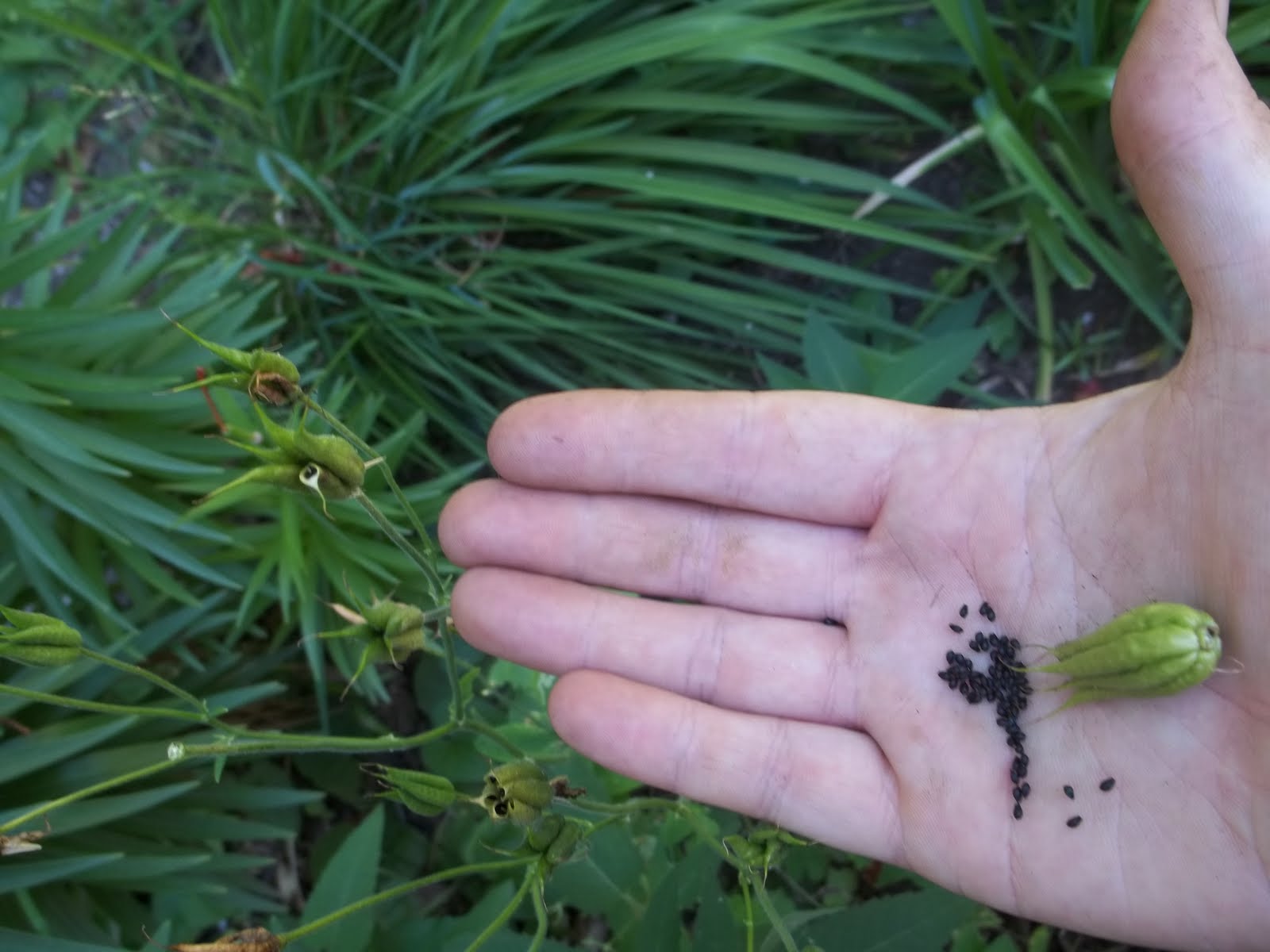
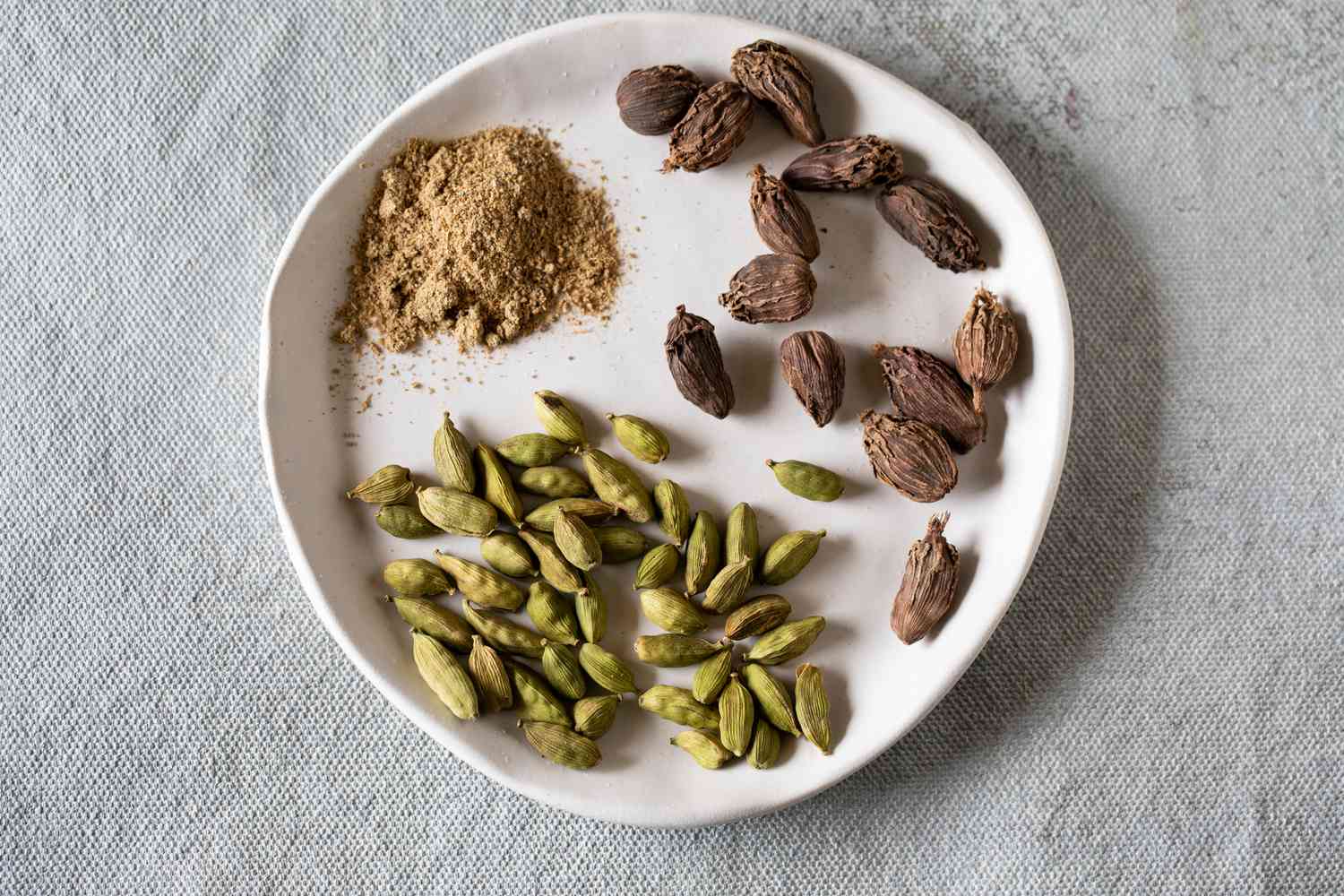
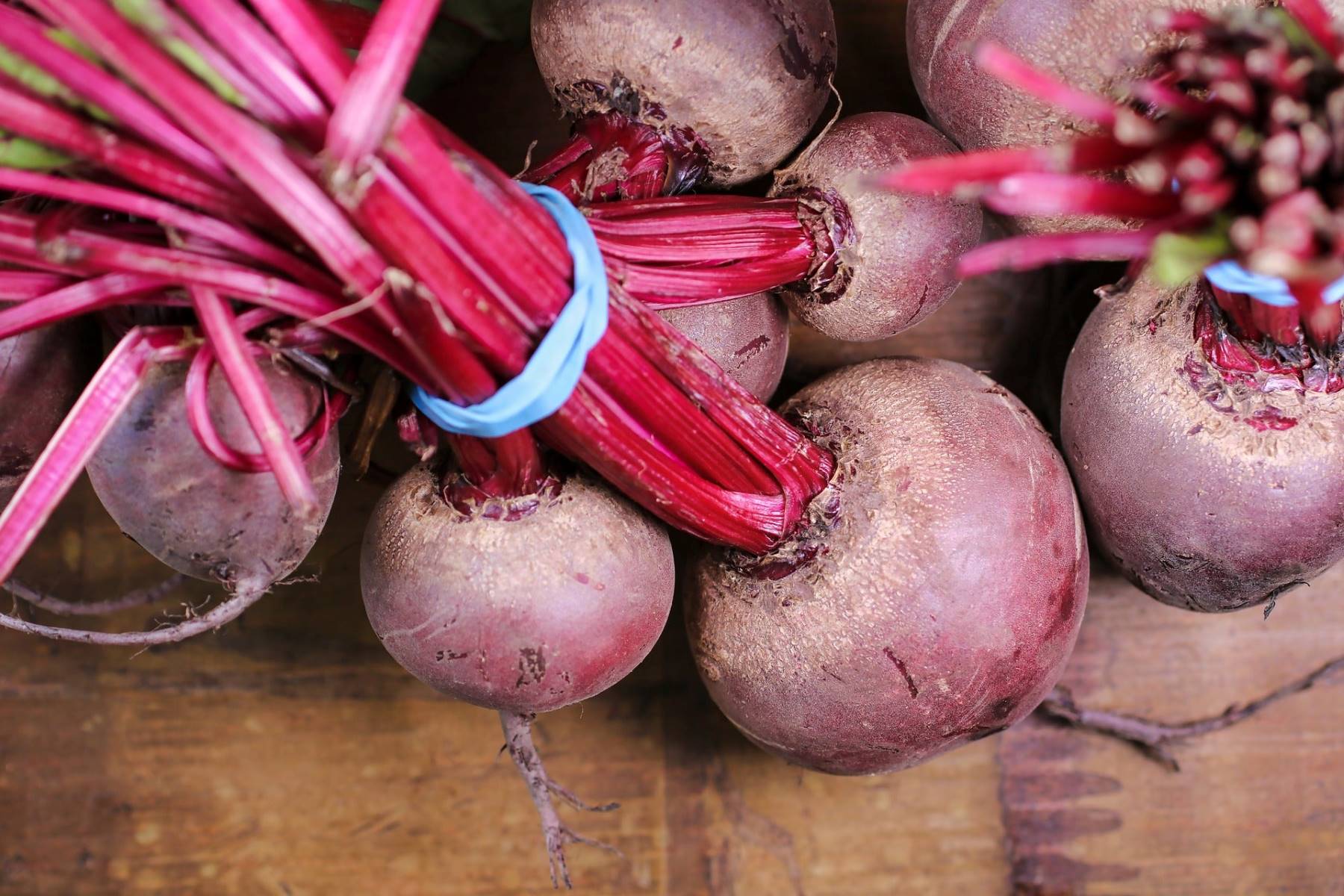
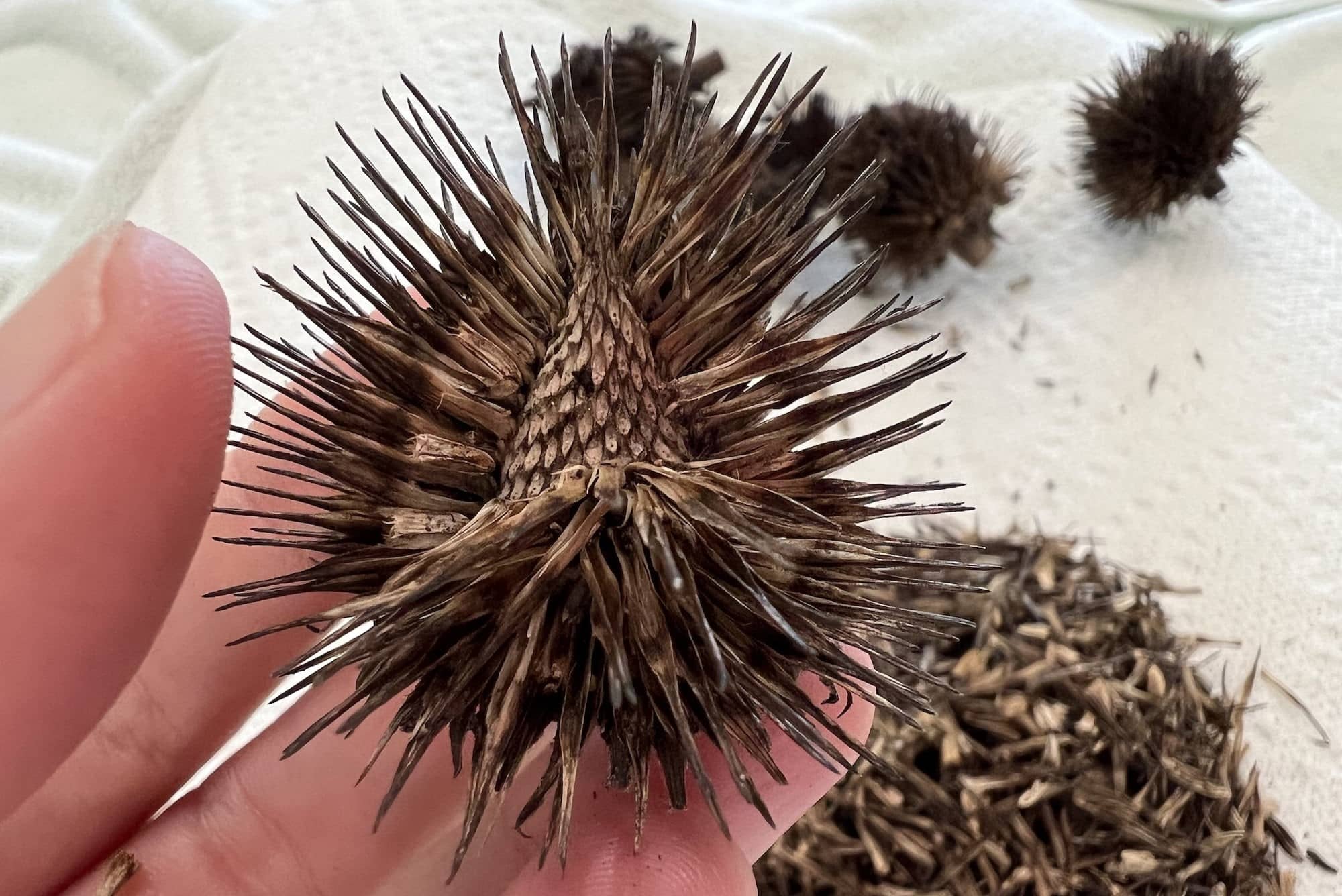
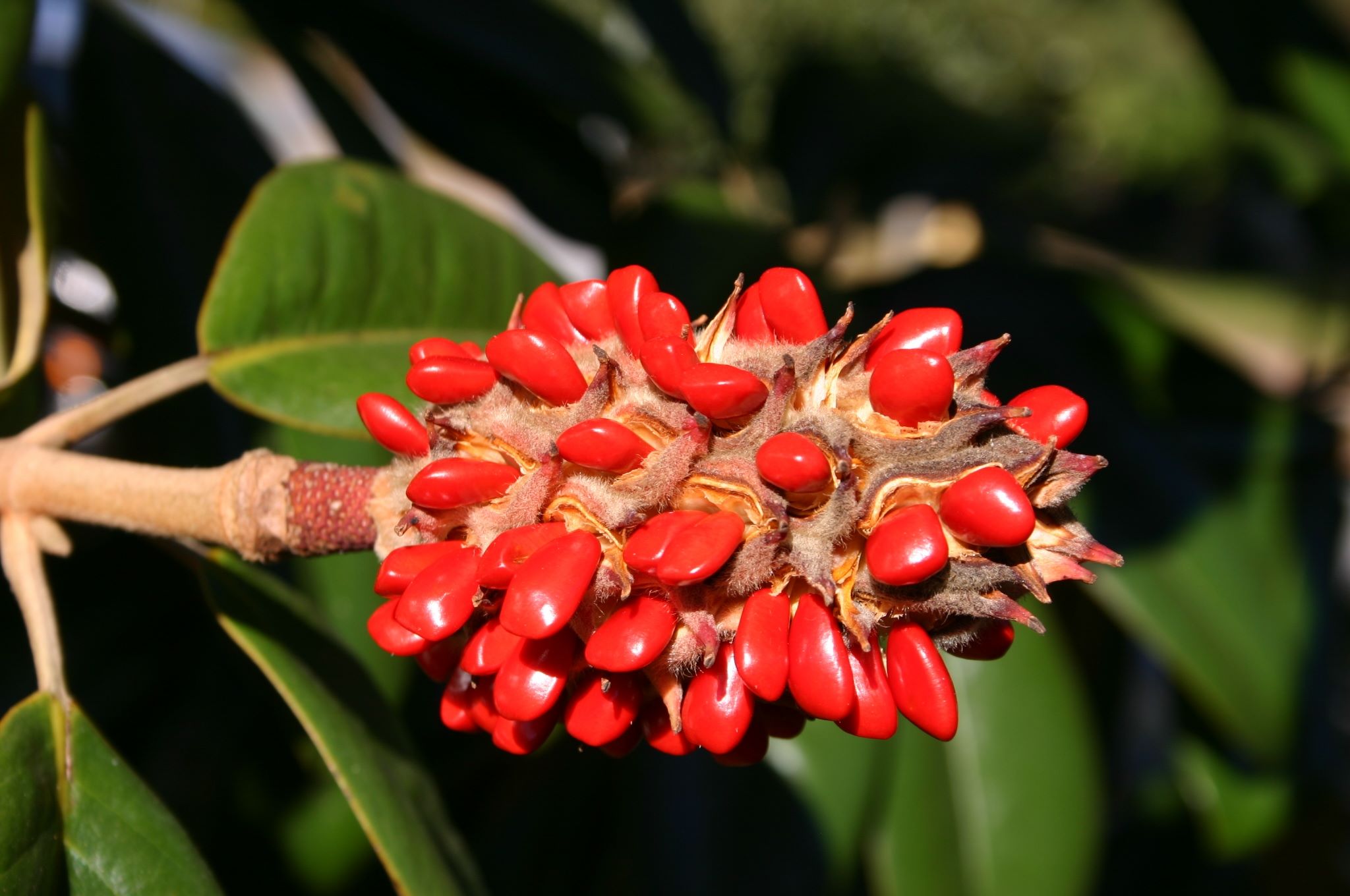
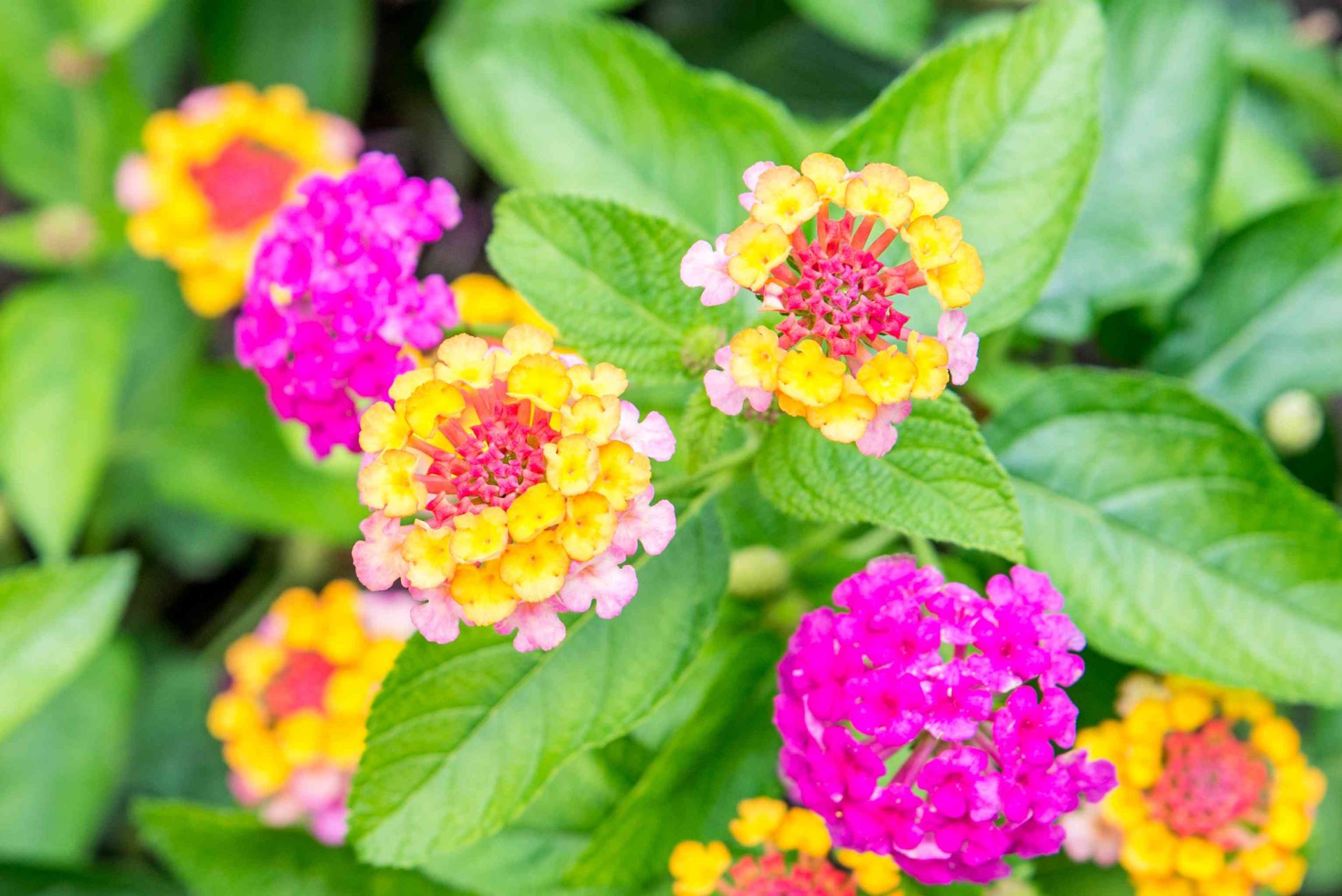
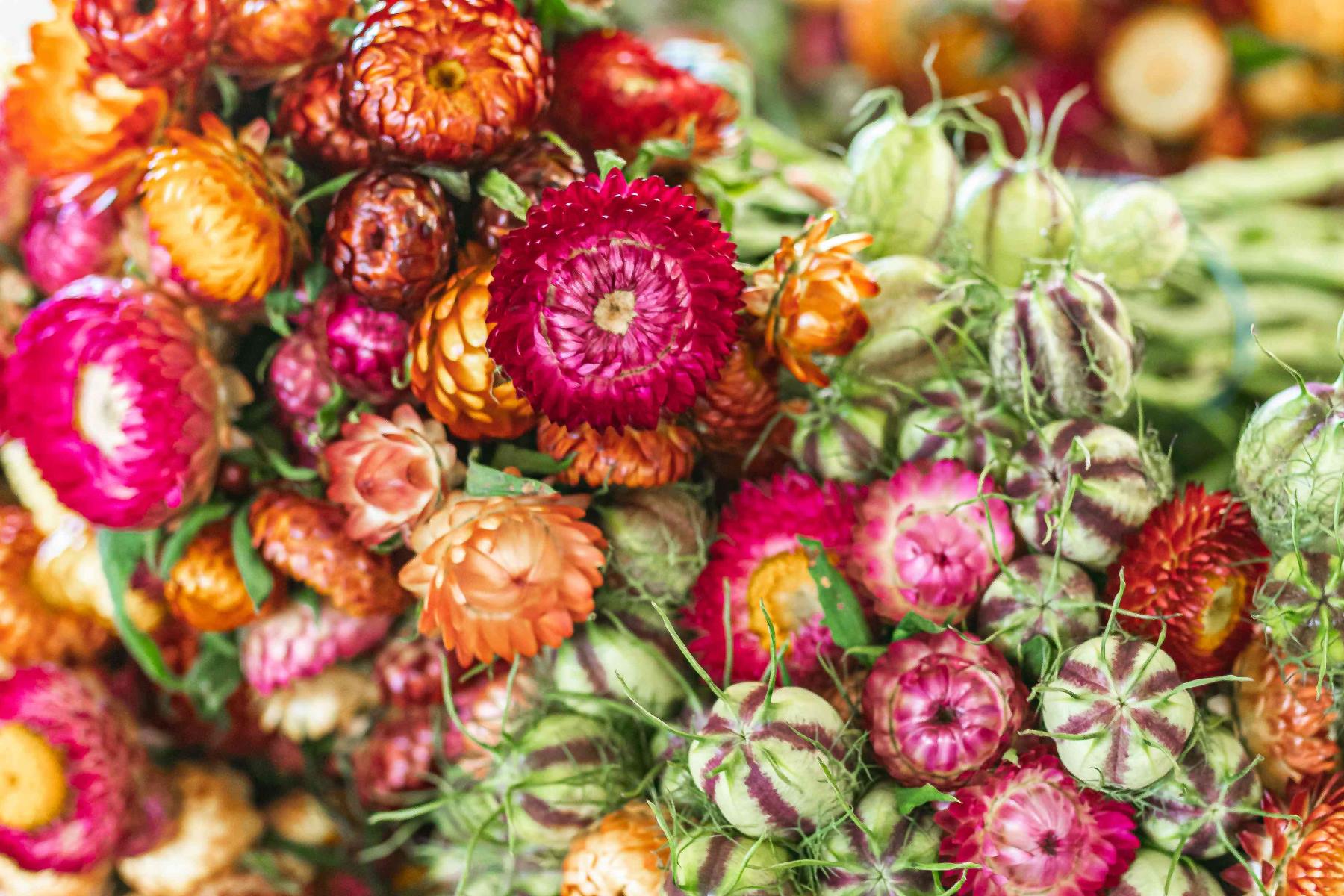
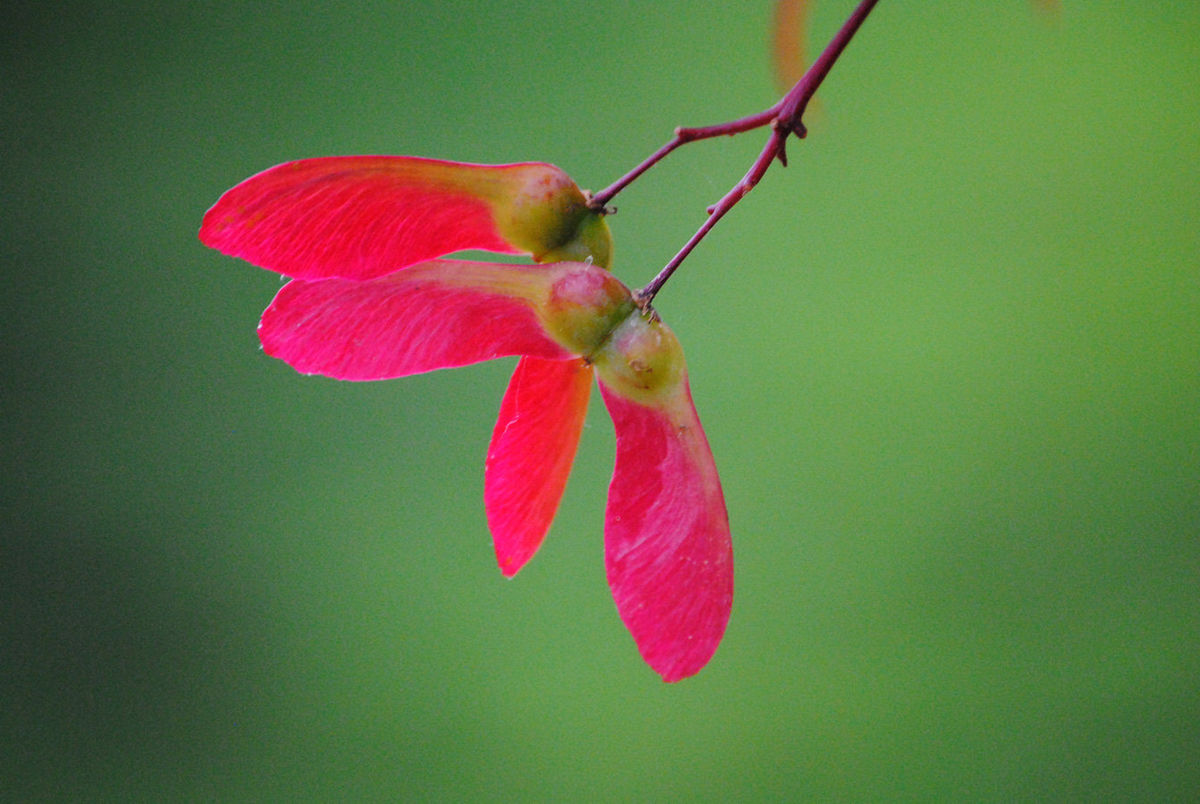
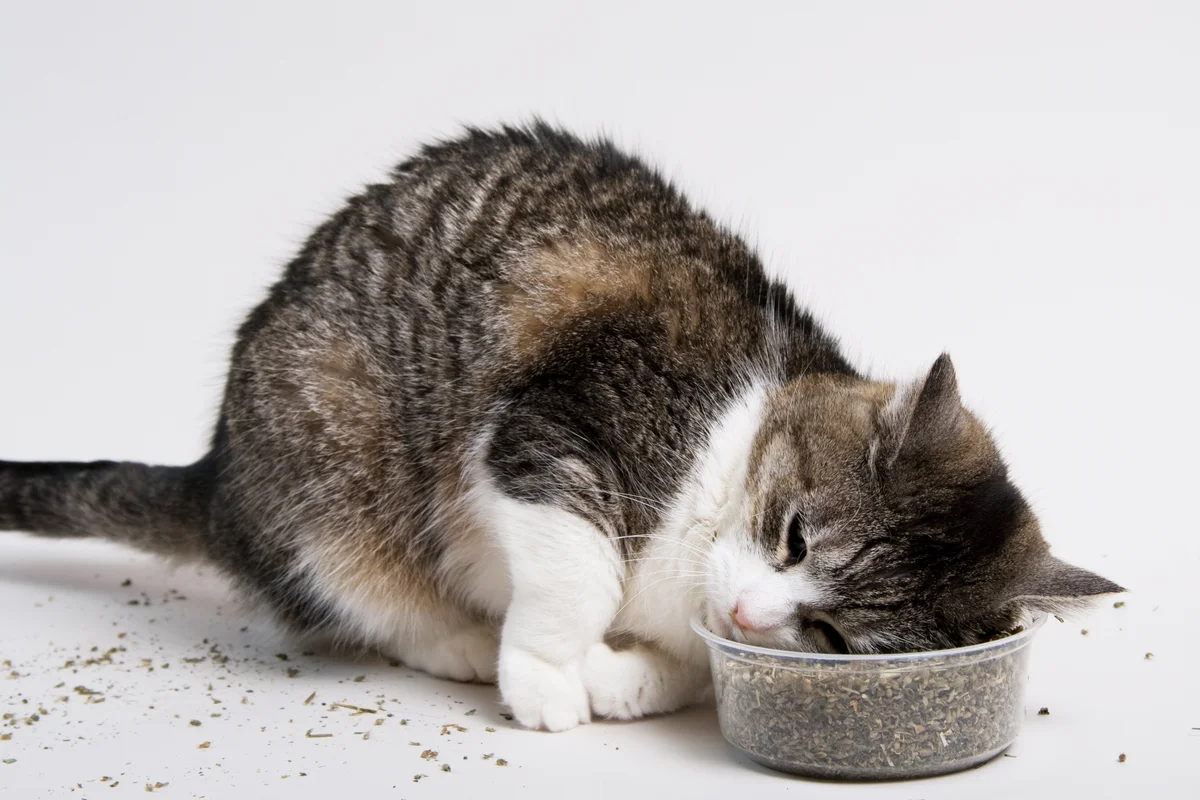
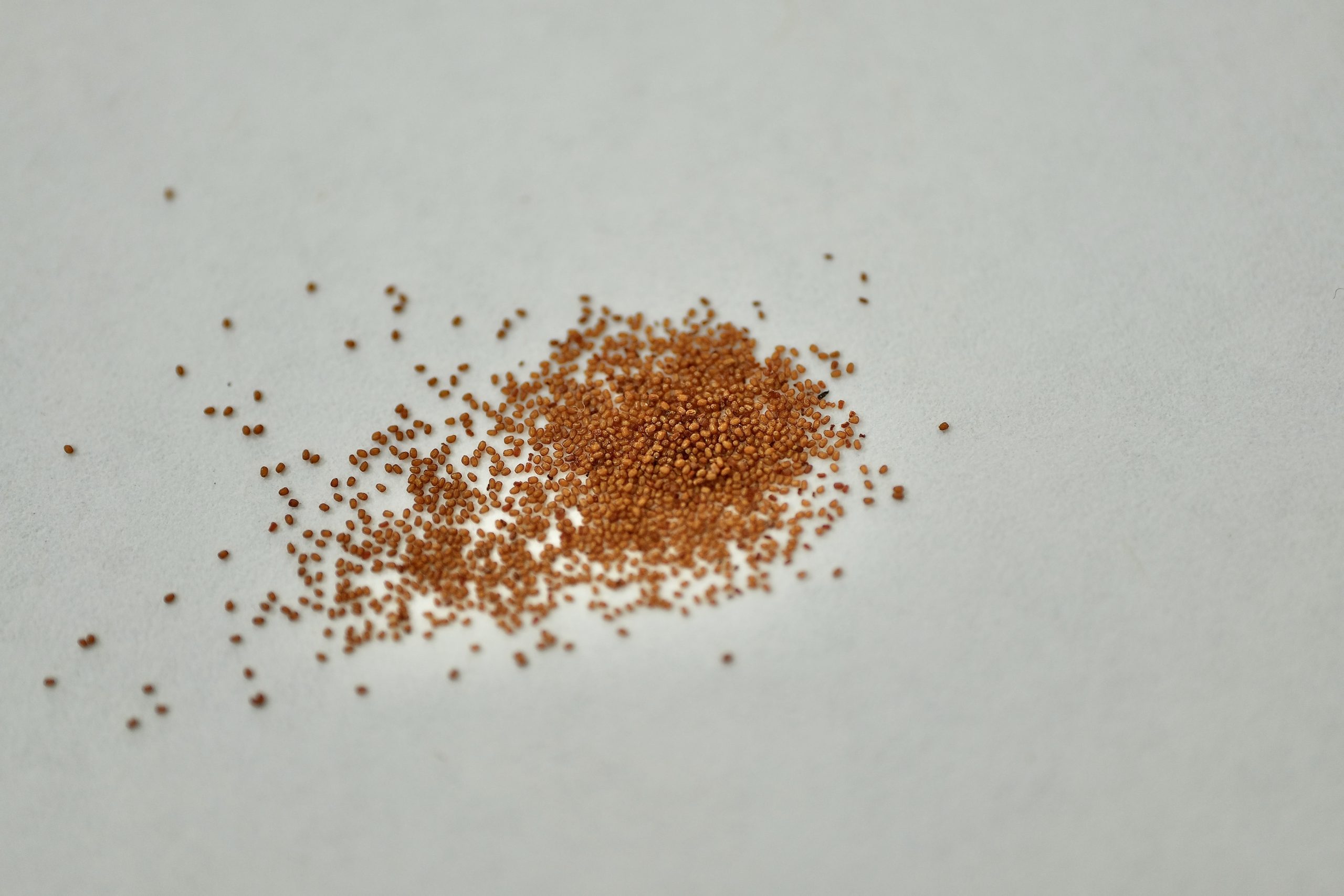
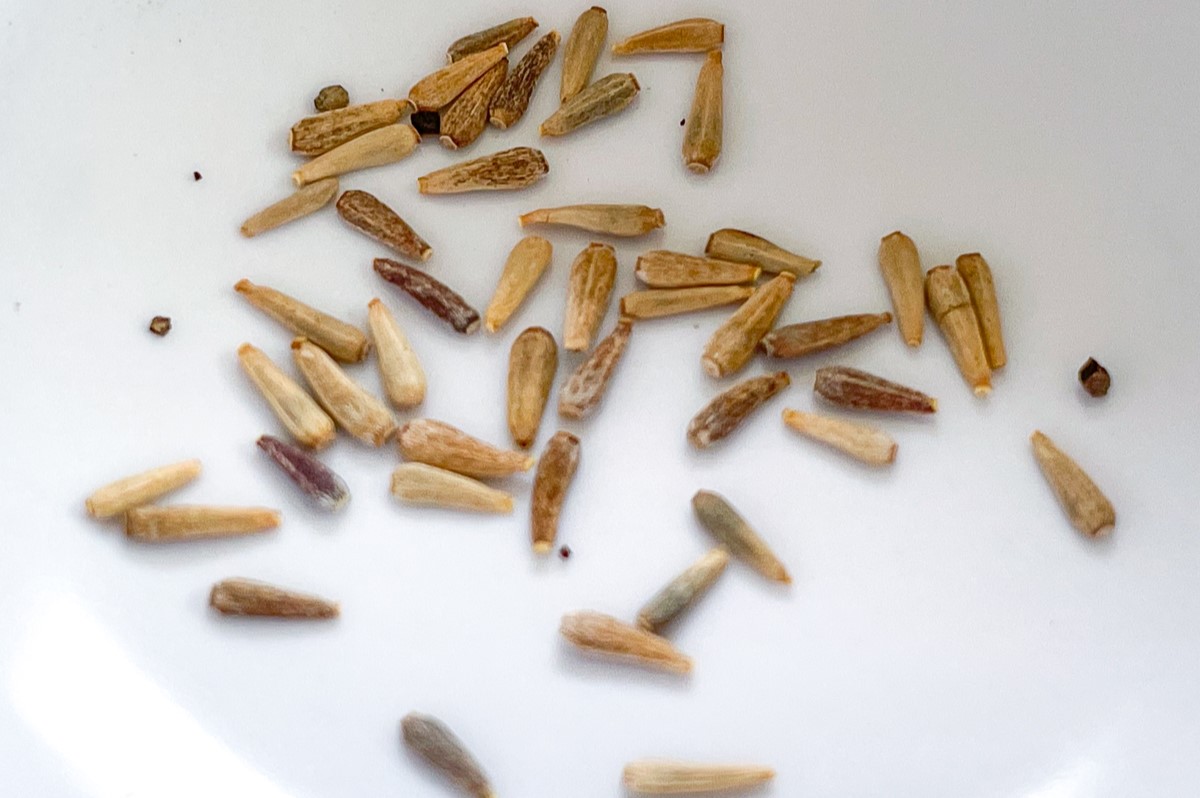
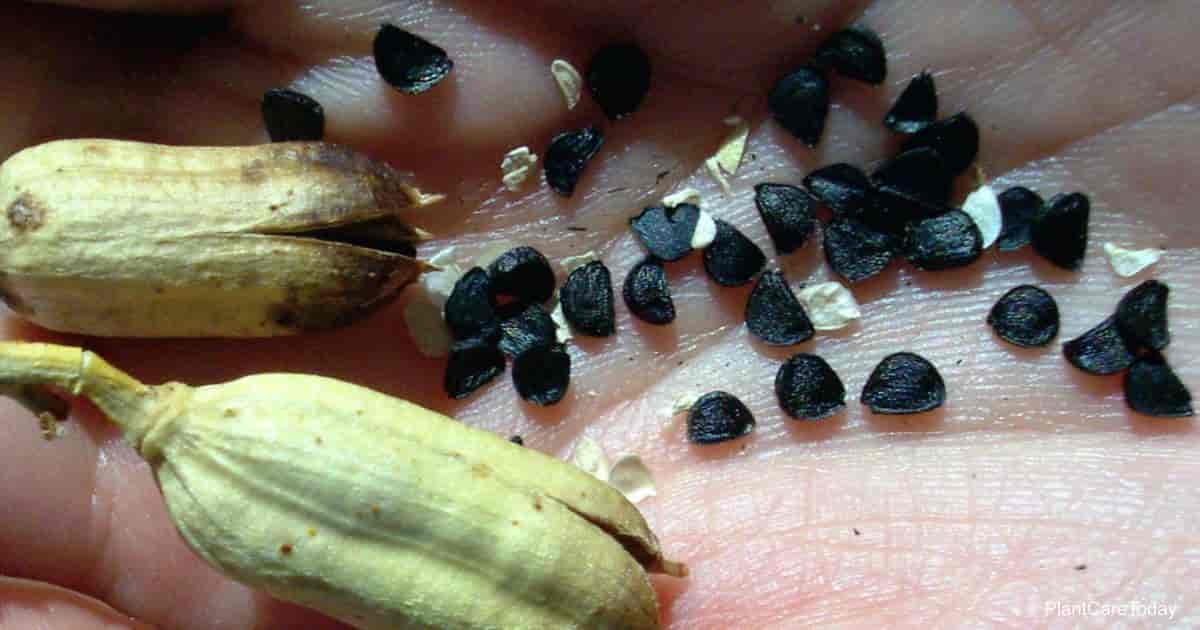
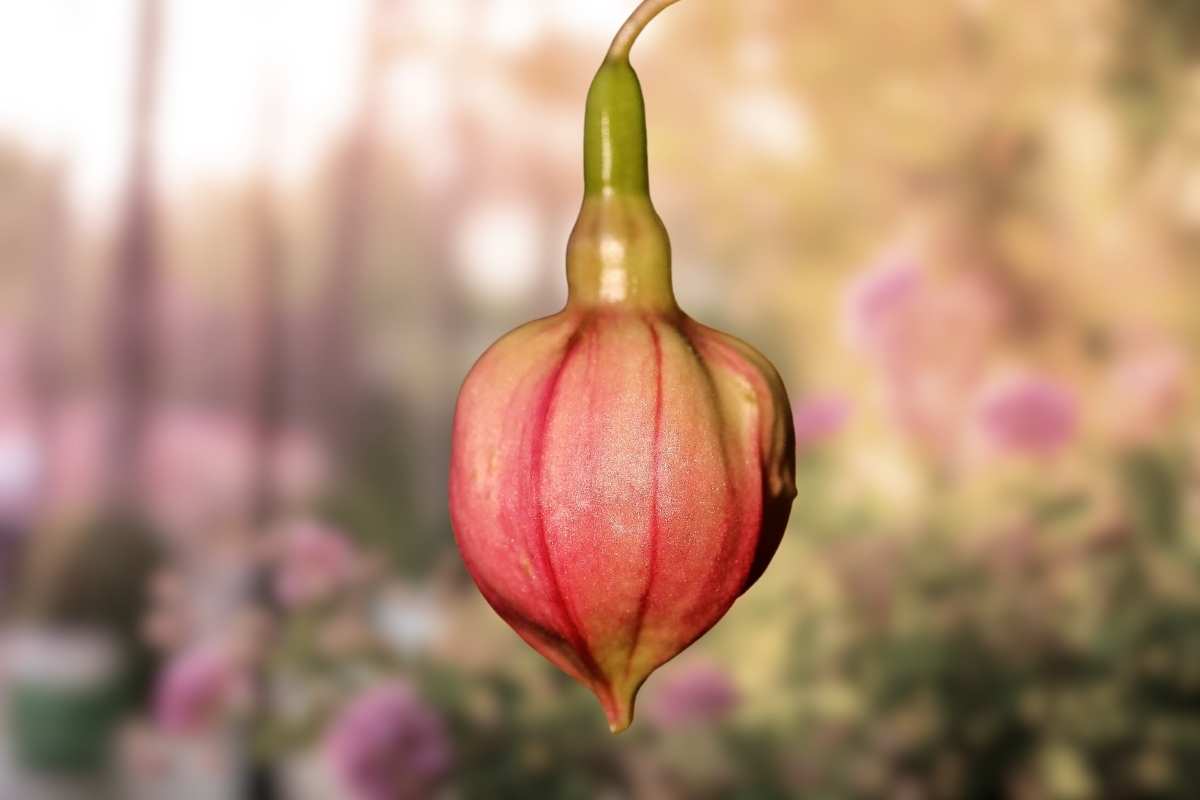
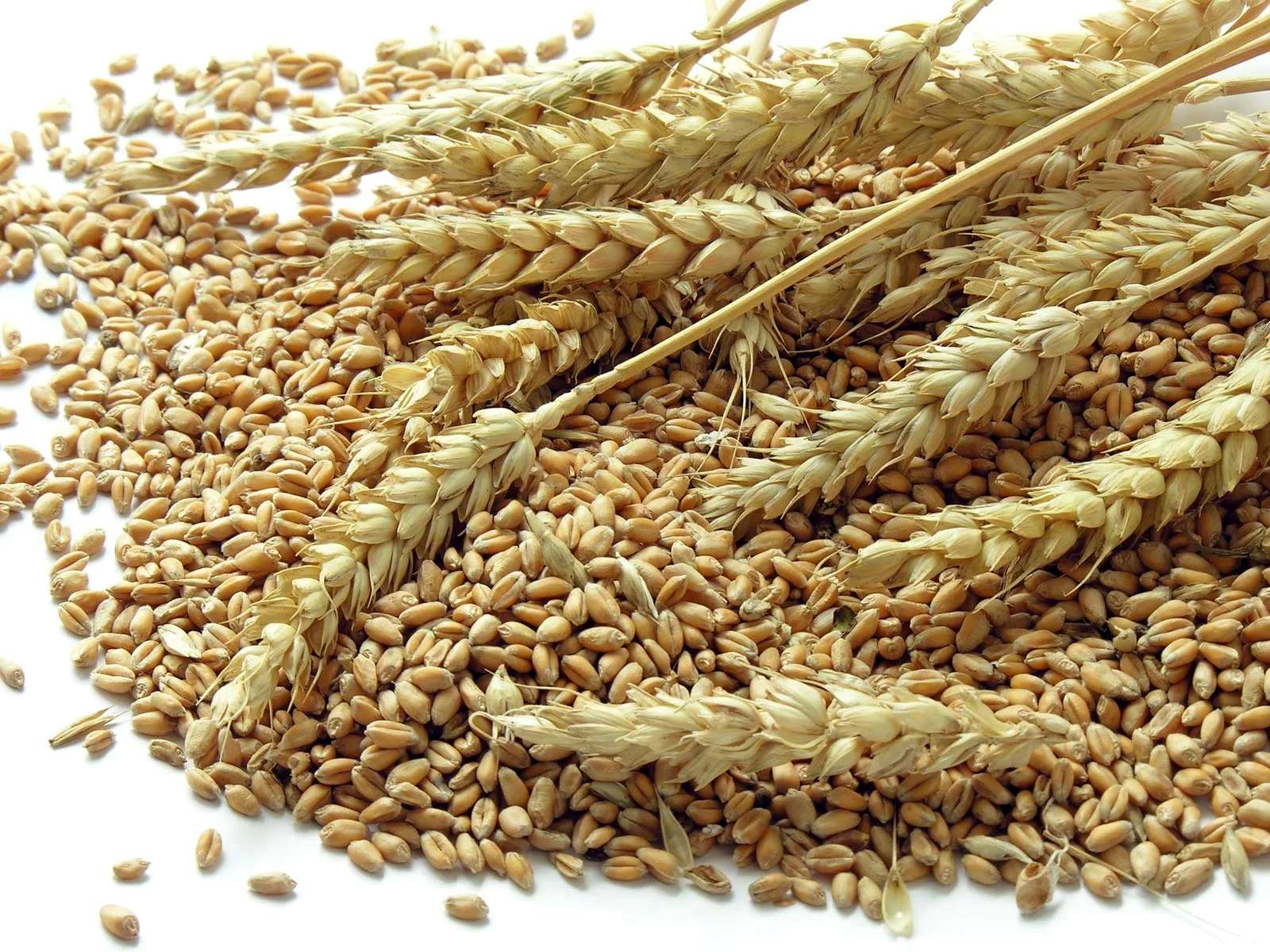

0 thoughts on “What Do Salvia Seeds Look Like”